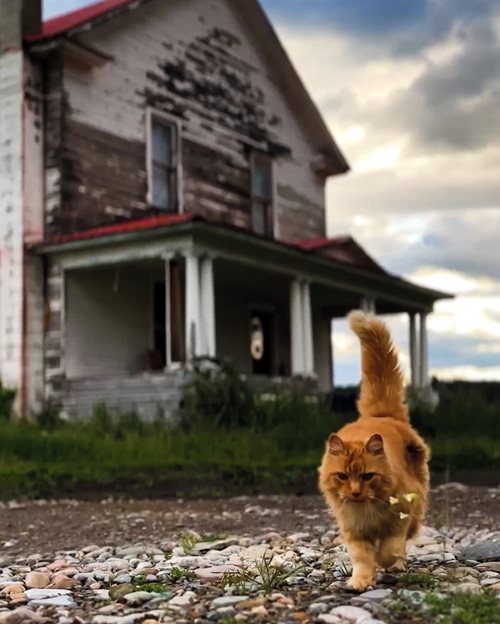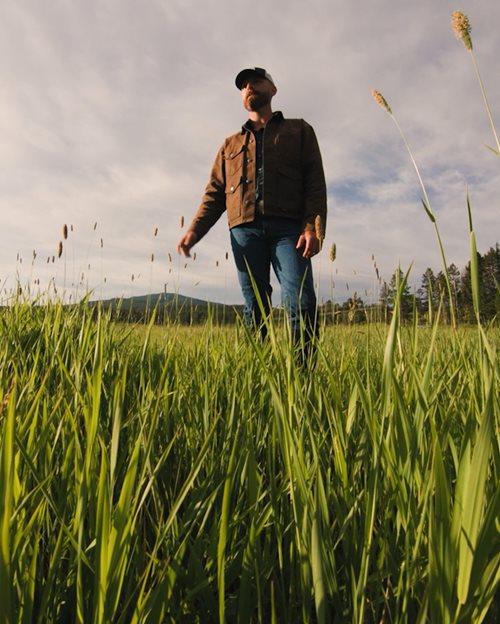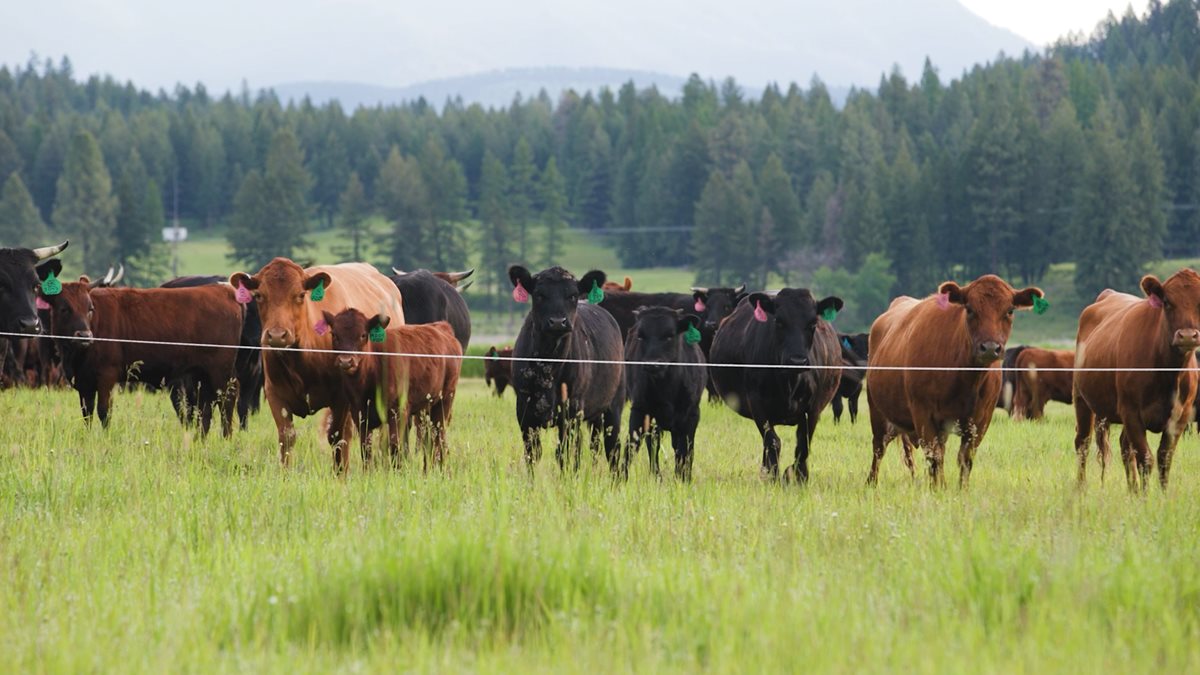Keeping history, one story at a time…
Sometimes, technology makes it almost too easy for us not to remember things. After all, why file away all the information in your head when it’s all just a fingertip away?
But how well does that work for local stories? Who remembers the small details, the gossip, or even the ghost stories about an old homestead?
Rancher Brian Gorman does.
“Most of the time when I go in the house, it just feels like an old house…But every once in a while, you’ll feel like there’s something in the house.”
An avid local history buff, he admits he’s loved these stories forever. “I don’t know if it means you have like an old soul or what it means, but I’ve always been learning from history, researching history, getting different perspectives from history, and going down rabbit holes.” And he’s in the perfect place for it.
Trego, Montana has a lot of history. Some of it inspiring, some heartbreaking, and some downright hilarious.

Trego, Montana has a lot of history. Some of it inspiring, some heartbreaking, and some downright hilarious. Want to hear the story of how the towns of Trego and Fortine switched names? Brian’s got you covered.
“The Great Northern Railroad was the main railway that came through here, I believe, in 1904. A clerk with the Great Northern Railway when it came through the ranch here and went up to Eureka from Whitefish. They mixed up the two towns. The sign for this siding should have been Fortine, but he put Trego here, and put Fortine at the next siding down—which is the town of Fortine, now. Being business people, they said, ‘Well, we’ll just change the town names instead of changing the paperwork,’ you know what I mean?”
But it’s not just that he lives in Trego. Brian owns Blarney Ranch, an agriculturally-forward cattle ranch that uses what are considered more progressive approaches with their land.
“There’s a lot of, like, punchline words, I guess,” Brian says. “‘Locally-raised, all-natural.’ ‘Regenerative agriculture’ is one of the new ones, but in reality, it’s a practice that has just been forgotten in America. We move the animals every single day. They don’t spend more than 24 hours on the same piece of ground. It’s trying to replicate their natural behavior, where they get into an area, there’s a high impact on the ground and then leave. And then let the ground rest, recuperate, draw in those nutrients, and then come back more diverse, more lush. This is going back to the way things were done before…We’re grass farmers first, I always tell people, you know. If you don’t have good grassland, then you’re not going to have good beef.”
But what some folks don’t know—at least the ones who don’t live in Trego—is that Blarney Ranch is more than meets the eye. In the late afternoon sun, the peeling paint looks almost golden. Its weathered façade and white columns speak of a house that has seen more than most.
“This house was paid from a sideshow attraction,” he laughs. According to Brian, the Fortin family were the ones who built the homestead in the early twentieth century. Reportedly, the patriarch of the family—along with his brother—decided to head to the Klondike in search of gold.
What they found instead was an altogether different kind of value.
“It’s just empty. But every once in a while, you’ll feel like there’s something in the house.”

“I don’t know if they found gold or not—they didn’t find anything substantial if they did—but they found a mastodon in the permafrost, which at the time was the most complete, and it had skin and stuff on it, too. So I know the museum in Eureka still has one of the molars. The tooth is the size of somebody’s shoe. The point being is that they made a boatload of cash for that day, which funded this house that we’re sitting on the porch [of].
The rich legacy of the house has even given rise to stories about a ghost who haunts the premises. Said to be buried in an unmarked grave, “Will” Fortin has been rumored to be haunting the place.
“Most of the time when I go in the house, it just feels like an old house,” says Brian. “It’s just empty. But every once in a while, you’ll feel like there’s something in the house.”
Still, Brian treasures the home he’s made with his family, the ranch he runs, and the passion that comes from raising cattle in a way that ensures he’s not only selling premium meat at the Trego Community Market, but customers can trust that the beef they’re buying is locally sourced, all-natural, and uses regenerative agricultural methods.
He looks at it like maintaining the history of Blarney Ranch. “[The Fortin family] built this. This is not mine. They did this, you know. I would love to put our stamp on it and bring it back to life, so I’ve been telling them that. Like, “Hey, we’re trying to continue your family’s legacy on the place. You’re not going to be erased.”
It’s something that local history buffs can appreciate—not just someone who knows the story of a homestead but shares the stories with others. This way—through storytelling and stewardship—he’s preserving a part of Trego’s history. And that is something that Brian won’t ever part with.
“We just feel connected to the place. It’s part of the bigger, overall community story, for sure. The life coming back into this place, us opening up for people to come and enjoy and tell stories about it.”

For members like you.
Because what we do pays dividends.
